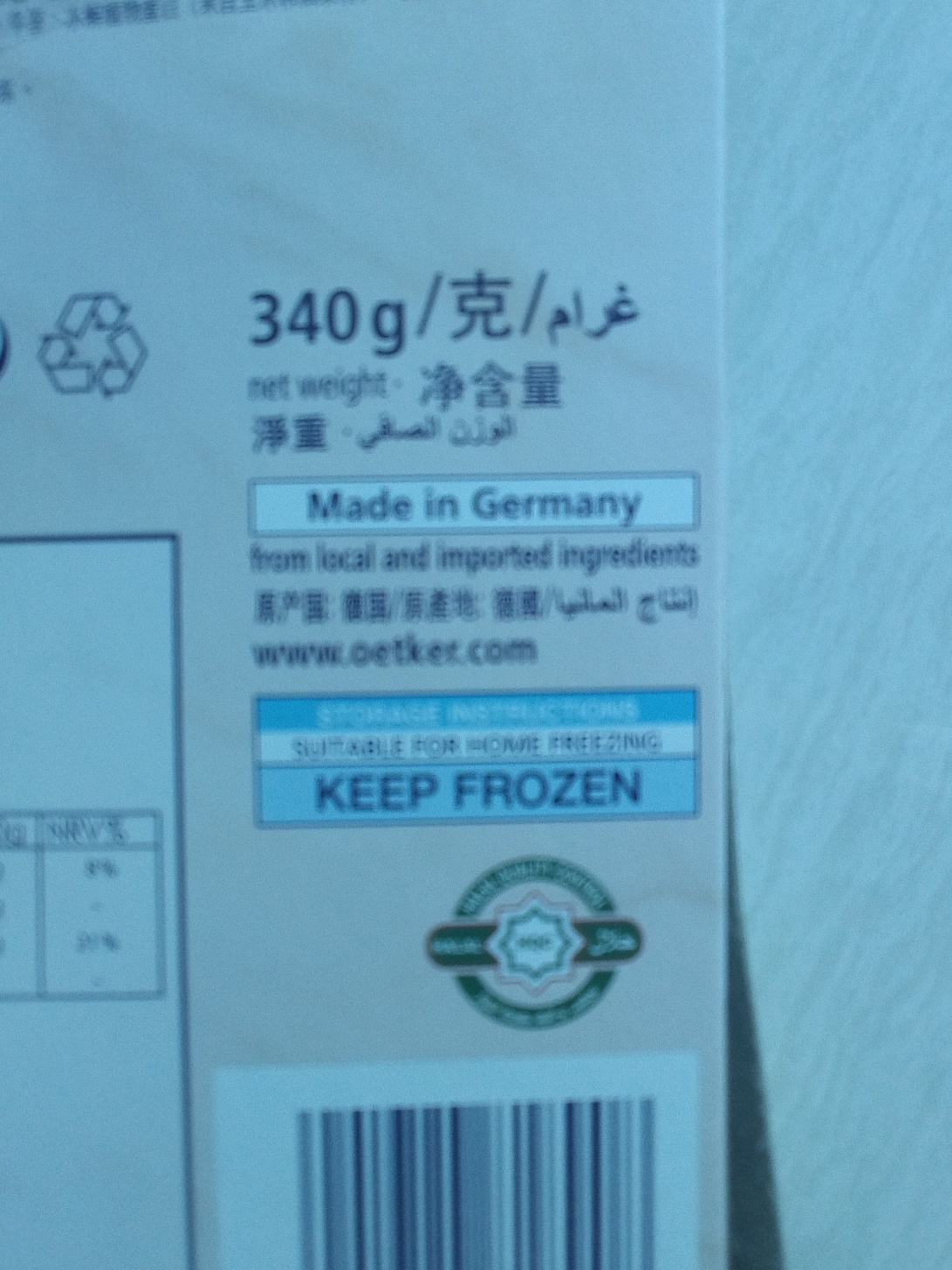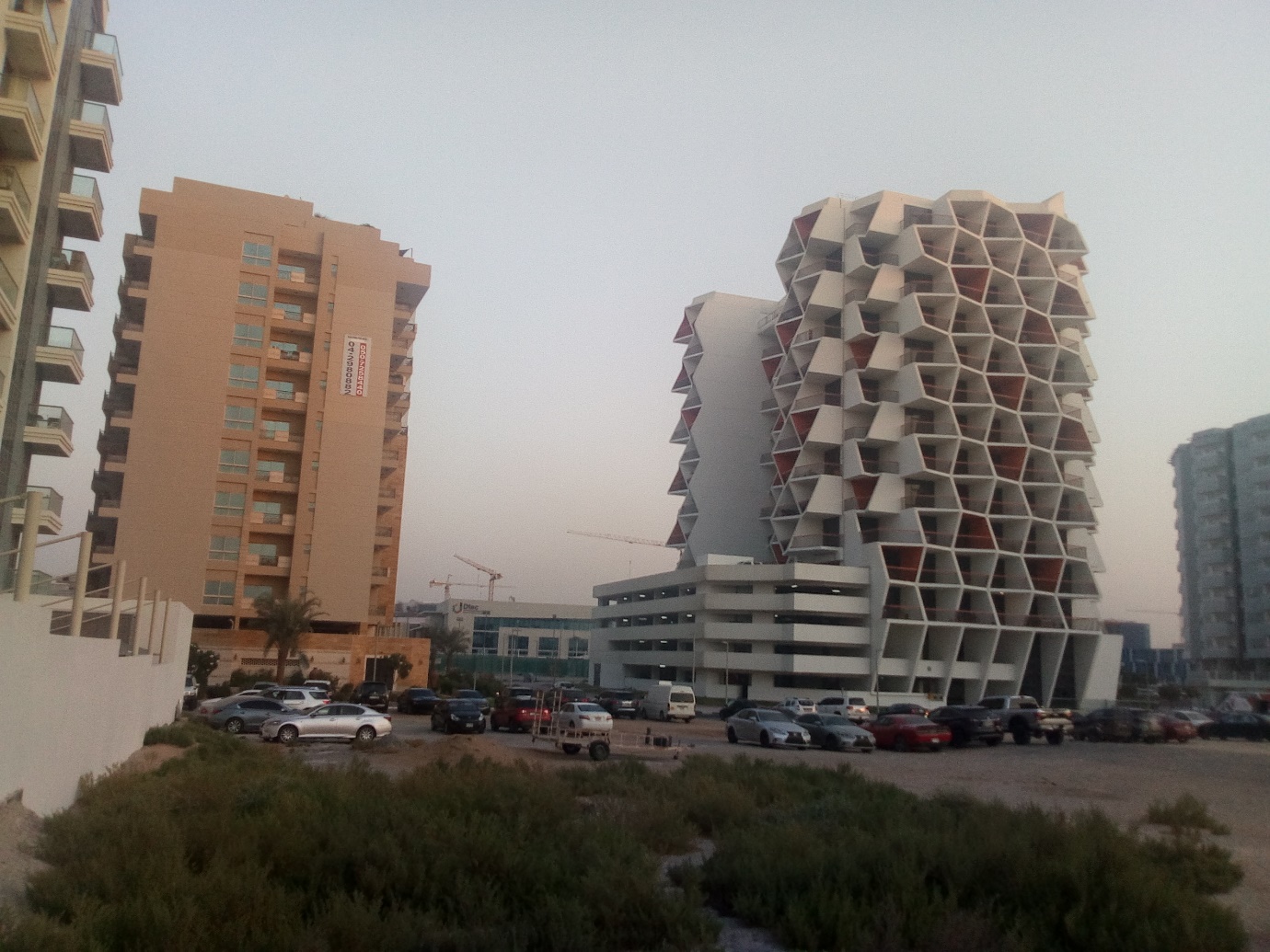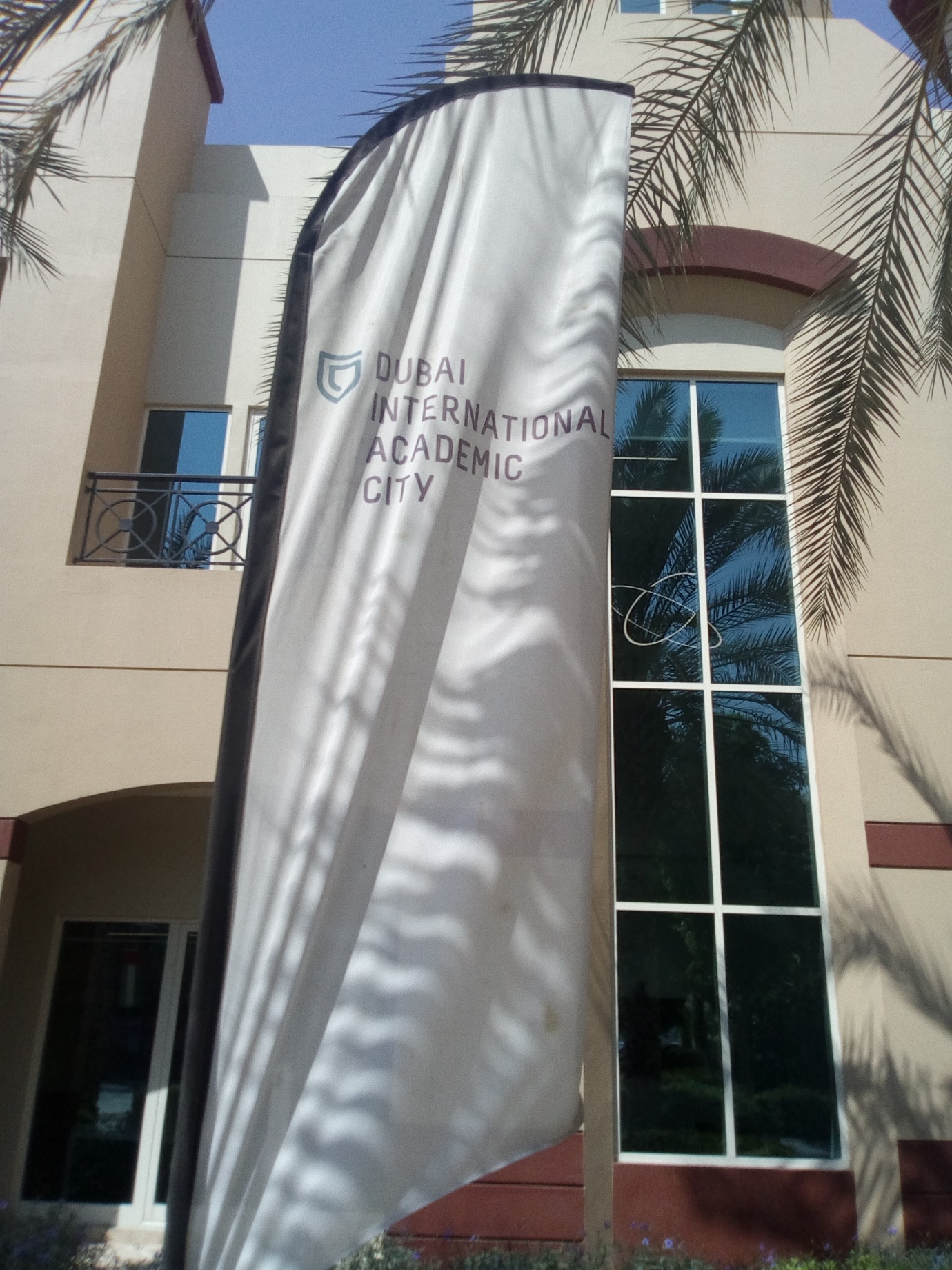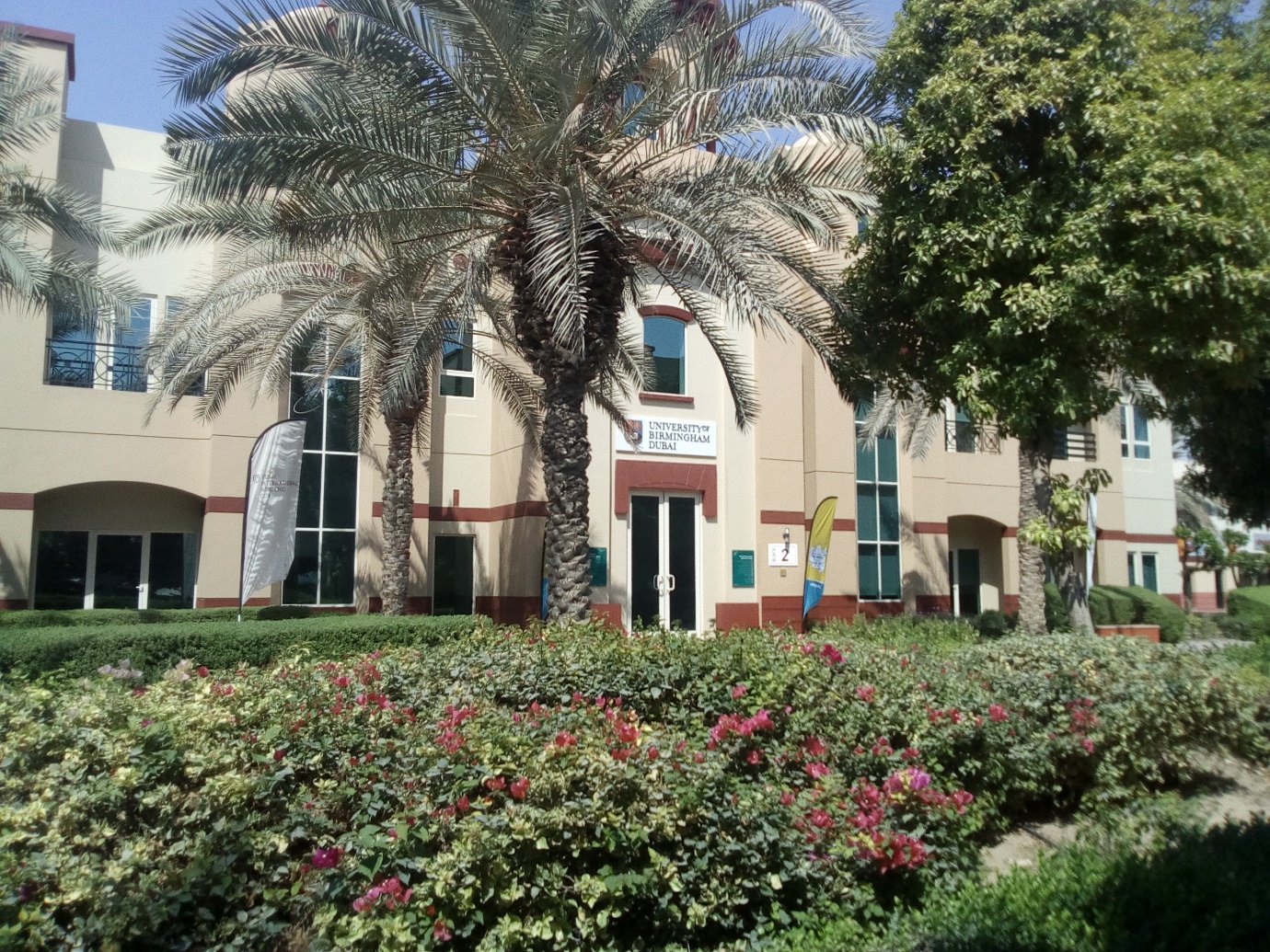Professor John Bryson on reading City-Regions during his time in Dubai
I am here in Dubai for ten days. I am an academic interested in place and space. As a student of place and space, it is important to experience many different places to try to understand the on-going evolution of the international economy. Most of my time in Dubai is spent in a strange solitary occupation. I am writing a book. One chapter of this book will be written here rather than in Europe. Writing is always influenced by the place in which a text is written. The chapter I am working on is exploring the internationalisation of services; Dubai is an excellent place to reflect on this topic.
My first reading of Dubai as a city-region was inspired by fieldwork undertaken at the Dubai Fountain and the Dubai Mall (Photograph 1)[1]. It was also inspired by a book on reading city-regions that will be published in December 2018[2]. This initial reading of Dubai emphasized that there are many different ways to read Dubai, but all readings must include an account of theatre, spectacle and the construction of a place-based identity, a brand and a collection of linked signs. There is another way of reading Dubai. This is as a complex concatenation of flows of all types. Dubai is, if anything, at the centre of a web of interconnected flows; it is a place at the centre of a whirlwind of flows. Like all places, there are intra-city-region flows that account for some of the flows of cars, lorries and buses that I can see from my desk as I sit writing this blog in my apartment at Silicon Oasis, Dubai. These flows of vehicles represent many things. At one level, they are flows of pollution producing localised air quality problems. At another level, each vehicular movement reflects a flow of people, of expertise, of information, of knowledge of employees and of families. Some vehicles are transporting raw materials – sand for construction in a sea of sand – and finished products.
Photograph 1: Dubai Fountain, at Night.
A visit to the local supermarket at Silicon Oasis highlights one aspect of the physical space of flows that is Dubai (Photograph 2). The shelves are stacked with products that have come from around the world. These products link Dubai with the U.S., with the UK, with Germany – they are one representation of the on-going creation of a globally connected economy. The internationalisation of food that was on display partly reflects those living in Silicon Oasis – people travelling through Dubai from elsewhere for a limited time, but it also reflects the internationalisation of food.
Photograph 2: Supermarket, Silicon Oasis, Dubai
A supermarket can be read in the same way that one should try to read a city. Let me take one example. Silicon Oasis pizza, available at this supermarket, reflects an interesting set of global flows. One can purchase it here, and yet this culinary art form was imagined in Italy. But, this pizza is not Italian, but more Italian-style. Here we have a new product, well new to me – a German pizza that was “Made in Germany: from local and imported ingredients” (Photograph 3). This is a German version of an Italian product transported to Dubai and sold at Silicon Oasis. This is an excellent example of the geography of food and the space of flows that have evolved forming new food-related global commodity chains or global production networks.
Photograph 3: Dubai – German Italian Pizza!
This food example is one very narrow reading of the space of flows that is Dubai. There are more important flows than Italian-style pizza from Germany. Dubai’s economic history reflects the on-going evolution of places that are positioned as international hubs; places in which spaces of flows come together. In the first paragraph, I used the term ‘concatenation’ to describe these flows. This is an understatement of the complexity of these flows. A concatenation is a term that describes the action of linking things together in a series, or the condition of being linked in such a way. This is not Dubai, and this is not an adequate analysis of the on-going internationalisation of spaces of flows. There is a much better word. Dubai is an intertwingularity; a wonderful word and concept.
The term intertwingularity was introduced by Ted Nelson in a book published in 1974 on computers. In the second edition of this book he noted that hierarchical and sequential structures are often artificial[3]. Perhaps these represents the identification of ‘false’ patterns, another type of ‘fake’ news – but in this case a distorted sequential view of socio-economic-cultural-political processes. Intertwingularity is not generally emphasized as one of the primary characteristics of socio-economic processes and of the developing global economy. And, yet an international business is best described as an intertwingularity and globalisation is one of the archetypical intertwingularities. It is perhaps worth noting that this blog is the first account, the first text, to identify place, space and internationalisation as an intertwingularity. But, what does this mean? To Nelson, an intertwingularity describes the complexity of the interrelations of human knowledge. In this account, the emphasis is placed on a complex array of interlinked and networked cross-connections of human knowledge that are intertwingled. Nevertheless, intertwingularity highlights the complex weaving together of processes of all types – it is a reflection on the interconnectedness of everything. Perhaps the most complex intertwingularities emerge in the interactions between place, space and the socio-economy – interactions within and between city-regions. Reading a city-region is an exercise in unravelling and exploring intra- and inter-regional intertwingularities.
The concept of intertwingularity has not been applied in any rigorous way to city-regions. But a city-region., like Dubai, is an intertwingularity of flows, of interlinked and networked cross-connections, that link this place in complex and often unimagined ways to other places. There are many aspects to Dubai as an intertwingularity. Understanding the economic history, or economic geography, of this place is an exercise in the unravelling of many intertwingularities that are layered upon one another with complex interconnections. The recent history of Dubai commenced with the discovery of oil in 1966 and the development of a city-region constructed on the development of a new oil-based intertwingularity. In this case, this involved investment in oil-related infrastructure including port facilities. This transformed this place and began to alter the interconnections between Dubai and the rest of the world – a new intertwingularity emerged and evolved based on flows of people, money and oil. The word ‘evolved’ highlights that the creation of a place-based, spatially-connected intertwingularity is a dynamic process.
From the mid-1990s, Dubai began to attract an inflow of foreign direct investment (FDI). An increase in oil prices provided Dubai with the finance to invest in local and international infrastructure. This was forward-thinking strategic planning based on the appreciation that Dubai’s oil stock was limited. The long-term resilience of Dubai required a transition from an economy that was constructed upon an oil-based intertwingularity to one based on flows of people, information and knowledge. This was a transition from an economy based on the extraction of a liquid, to one based on the attraction and retention of people and firms. A new intertwingularity for this place had been imagined.
This new intertwingularity can be perhaps traced back to the initial decision to develop Dubai airport. This commenced in 1959 with the construction of a 1,800m. runway. Dubai International Airport is now a major regional and international hub. It is the busiest airport in the world for international passenger traffic and the sixth most important cargo airport. If anything, Dubai’s current economy is constructed upon an aviation intertwingularity. Over 90,000 people are employed by the airport supporting an additional 400,000+ jobs elsewhere in the Dubai economy. An analysis of the impact of the airport on the Dubai economy is revealing. In 2013, this aviation intertwingularity contributed US$26.7 billion to the Dubai economy. This represents the airport’s ‘core’ impact that added US$16.5 billion to Dubai combined with an additional US$10.2 billion from tourism – another type of intertwingularity, but this time of tourists and related tourism infrastructure. This analysis of the airport’s economic impacts revealed that the combined economic impact of the airport was equivalent to 26.7% of Dubai’s total Gross Domestic Product (GDP) creating 416,500 jobs or 21% of Dubai’s total employment[4]. This report attempted to look in to the future. The predication was that the direct, indirect, induced and tourism Gross Value Added (GVA) impact of aviation on Dubai will rise from 26.7% of Dubai’s GDP in 2013, to 37.5% by 2020, and to 44.7% by 2030[5]. This is quite some aviation intertwingularity.
The aviation intertwingularity that has developed with Dubai at the centre of a complex web of people and cargo flows is the foundations for another set of service-led intertwingularities. These include a retail intertwingularity, a leisure and entertainment intertwingularity as Dubai attracts investment in water, amusement and theme parks. There is also another process at work – the emergence and development of different forms of FDI led intertwingularities. In 1985, Dubai established the Jebel Ali free economic zone to attract FDI. This has become the largest free zone in the world. Building on this, Dubai has developed free economic zones across the city-region that are intended to specialise in particular activities. These include Dubai Internet City, Dubai Media City, Dubai Maritime City, Silicon Oasis and the Dubai International Academic City.
The Silicon Oasis (Photograph 4) strategy is intended to transform this place, this part of Dubai, into a major international centre for advanced electronic innovation, design and development. The free economic benefits that are available for businesses establishing at Silicon Oasis include 100% foreign ownership, 100% repatriation of capital, zero income tax, zero corporate taxation, no import or export taxes, low cost of operations and stable and clear regulations. In 2013, Dubai established the Dubai Knowledge Park. A place to park knowledge, perhaps. More seriously, this place-based intervention was intended to build upon Dubai’s centrality as an important international hub. This park is another free trade zone, but not for physical goods, but for people. It is a human resource management, professional learning and educational free trade zone that specialises in providing facilities for corporate training. This is an exercise in applied integrated economic development. It attracts training providers and trainees – both generate a set of complex place-based local economic multipliers including airport landing fees and expenditure in hotels, including a hotel room tax, and in kiosks or smaller retail outlets. This Knowledge Park includes the “International Centre for Culinary Arts” and the “Eton Institute” (EI). The latter provides language training and assessment, including teacher training, in over 160 languages. EI has no relationship with the other Eton, Eton College (UK), apart from the shared name. The other Eton was founded in 1440 by King Henry VI as the ” Kynge’s College of Our Ladye of Eton besyde Windesore”. The shared name links Dubai with the banks of the River Thames; another form of place-based interconnection.
Photograph 4: Silicon Oasis, Dubai
Dubai is an important place, it is an exciting place, it is a fascinating place. A stroll through Dubai airport represents one way of reading Dubai – as a place that is increasingly a complex intertwingularity of flows of people and money. These flows commenced with oil and then aviation. The investment in aviation infrastructure reflected the development of a new aviation centred intertwingularity. This was the first stage in the on-going transformation of this place from desert, to oil-based economy to the complex intertwingularity of this place’s service-led economy. Oil flows were replaced with people flows combined with flows of FDI; money and people flow together – they are intertwingled. Initially, these people flows were encouraged by strategies designed to attract tourists and flows of FDI.
More recently, there has been an important addition. This has been the development of Dubai International Academic City (DIAC), launched in April 2007 (Photograph 5). This is a strategy intended to enhance this city-region’s reputation as an international higher education centre. Another form of intertwingularity is forming – an educational and research intertwingularity that is attracting universities from around the world to come to Dubai.
Photograph 5: Dubai International Academic City
There are three new flows linked to this initiative – of education-related FDI – money, of academics and support staff and of students. One of these flows, is one that links Birmingham, UK, to Dubai, with the establishment of the University of Birmingham Dubai campus (Photograph 6). There are other flows linked to DIAC – of ideas, knowledge and reputation. DIAC will attract students from around the world to study here. These flows of students will contribute to Dubai’s evolving intertwingularity. On graduation some may stay in this region and some will go but return eventually. Some may make decisions from afar that produce new flows of people and finance that will become embedded in this place.
Photograph 6: University of Birmingham Dubai, Dubai International Academic City
The challenge is “how to read a city-region?” There are many such readings – as theatre, spectacle, as a site for governance, as a place of intra- and inter-flows, as a site for work and play – of lifestyles, livelihood and liveability. Nevertheless, Dubai, if it is anything, is best understood as an evolving intertwingularity of intertwingularities.
[1] Bryson, J.R. (2018), From Birmingham to Dubai (with Rihanna): Reading City-Regions as an Exercise in Understanding the Essence and Intensity of Place, available at (https://blog.bham.ac.uk/cityredi/from-birmingham-to-dubai-with-rihanna-reading-city-regions/), 30 September 2018
[2] Bryson J.R., Andres, L and Mulhall, R. (Eds), (2018), A Research Agenda for Regeneration Economies: Reading City-Regions, Edward Elgar, in press
[3] Nelson, T. (1987, Rev. ed.), Computer Lib/Dream Machines, Tempus Books: Redmond, WA
[4] Oxford Economics (2014), Quantifying the Economic Impact of Aviation in Dubai: A report for Emirates and Dubai Airports, Oxford Economics, available at http://www.dubaiairports.ae/docs/default-source/Publications/oxford_economics_quantifying_the_economic_impact_of_aviation_in_dubai_november_2014_final(1)cc4dc38b5d08685a9b2fff000058806b.pdf?sfvrsn=0, accessed 3 October 2018
[5] Oxford Economics (2014), Quantifying the Economic Impact of Aviation in Dubai: A report for Emirates and Dubai Airports, Oxford Economics, available at http://www.dubaiairports.ae/docs/default-source/Publications/oxford_economics_quantifying_the_economic_impact_of_aviation_in_dubai_november_2014_final(1)cc4dc38b5d08685a9b2fff000058806b.pdf?sfvrsn=0, accessed 3 October 2018, page 4






